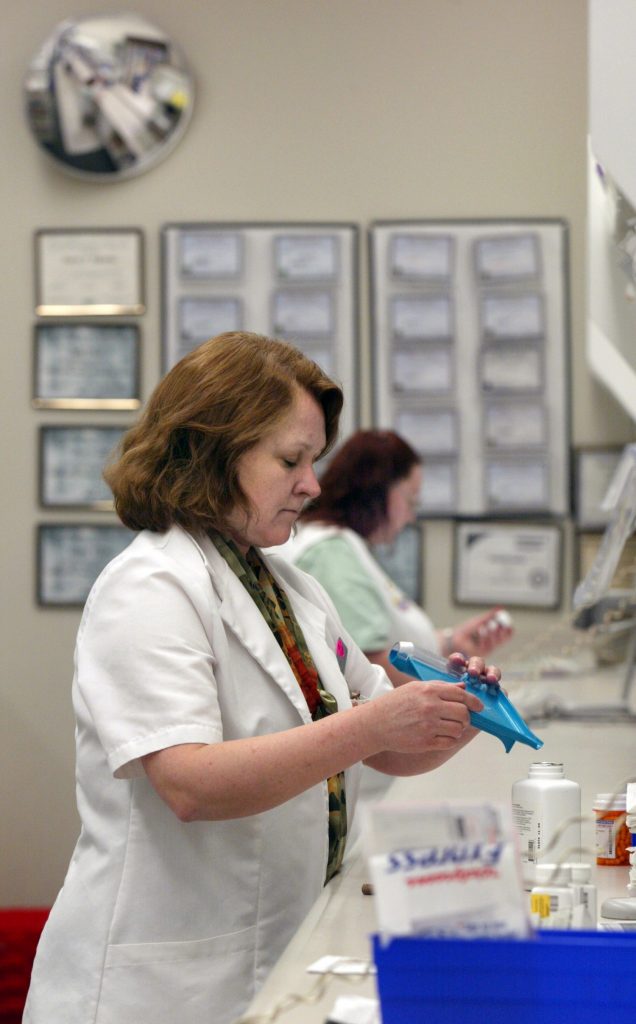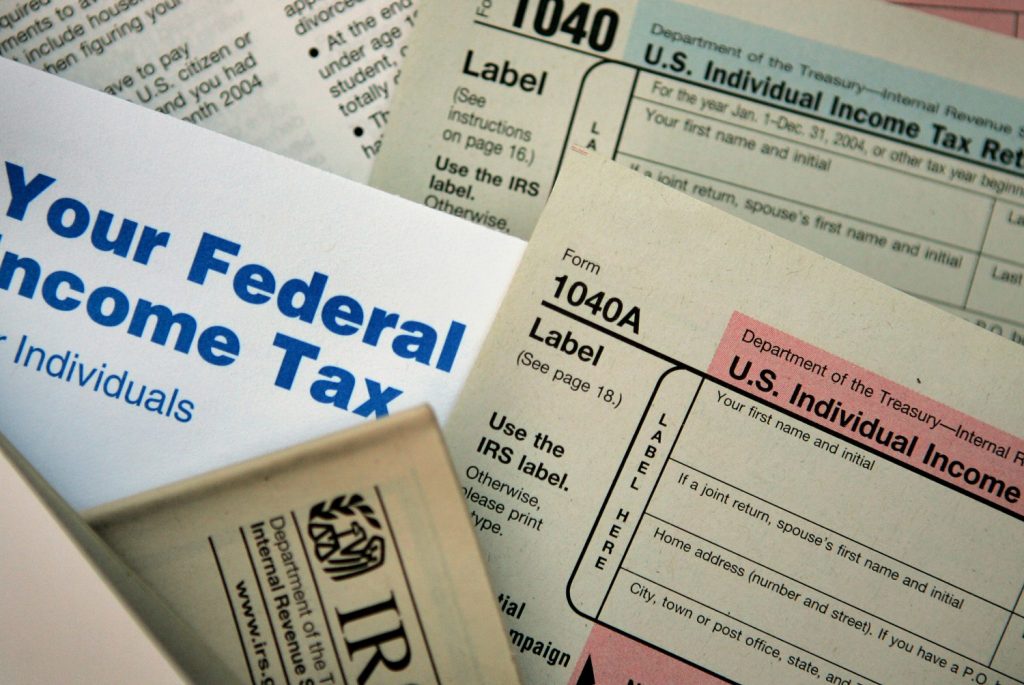January is a good time to take stock of your finances.
With that in mind, you should know that some changes are coming for Social Security in 2018—some good, some bad.
Increase In Benefits
In the new year, the average monthly payment for beneficiaries will increase by 2 percent from $1,377 to $1,404.
Although that may not seem like much, it is the first significant cost-of-living-adjustment since 2012. Still, seniors who are depending on this money for the majority of their income are unlikely to feel the difference in their wallets.
“Any cost-of-living adjustment is welcome if you’re on a fixed income,” Jonathan Peterson, author of “Social Security for Dummies,” told Consumer Reports. “But this one doesn’t amount to much. For millions of people, the price of necessities like healthcare and prescription drugs is rising a lot faster than 2 percent.”
Medicare Premiums
Those who are on Medicare won’t really feel the increase in 2018, due to Medicare premiums.
The Medicare Part B premium gets deducted from a person’s monthly Social Security check. Though it’s a bit complicated, many people will see their Medicare premium also increase because their Social Security check is going up.
While they’re getting a 2 percent cost-of-living increase in their monthly Social Security check, most of that increase will be eaten up by Medicare.
Full Retirement Age Increasing
The age for full retirement had previously been 65, but it has been moving toward 67 in two-month increments for some time now. For those born in 1956, they will be able to begin collecting Social Security when they turn 62 in 2018, but won’t be eligible for the full benefit until they reach 66 years and 4 months. This is an increase from 66 years and 2 months for people born in 1955.
Refer to this chart to find your full retirement age.
Changes In Taxes
Another change in 2018 is that the amount of income subject to the 6.2 percent Social Security tax is going up. The income cap was previously set at $127,200 and will be raised to $128,400 in 2018. This increase translates into an estimated 12 million people that will pay more taxes.
The total maximum Social Security benefit is also increasing this year, by 3.7 percent, from $2,687 to $2,788 monthly, but this change will only affect a small percentage of high earners.
For those who have claimed Social Security before full retirement age but are still working, you will be able to keep a bit more of your benefit in 2018. You can earn up to $17,040 without penalty, up from $16,920 last year.
Planning Strategy for Younger Workers
For those who are a ways off for retirement, it’s still important to begin planning for the future now by saving plenty of money for retirement.
The current tax bill that is moving through Congress may change the way that cost-of-living adjustments are calculated for Social Security.
“The end result is that seniors could end up getting even lower cost-of-living increases in their benefits in the years ahead,” Adcock explains.
Additionally, in future efforts to reduce the national debt, spending cuts may affect programs such as Social Security, making it even more likely that younger workers will have much smaller payouts than they were expecting when they hit retirement.














